Fix Windows Update Error 0x8007371b
Get Free Scanner and check your computer for errors
Fix It NowTo fix found issues, you have to purchase the full version of Combo Cleaner. Free trial available. Combo Cleaner is owned and operated by Rcs Lt, the parent company of PCRisk.com read more.
How to Fix Update Error 0x8007371b in Windows 10
Some reported getting error code 0x8007371b when updating Windows 10. This article contains several methods that will help you fix this error.
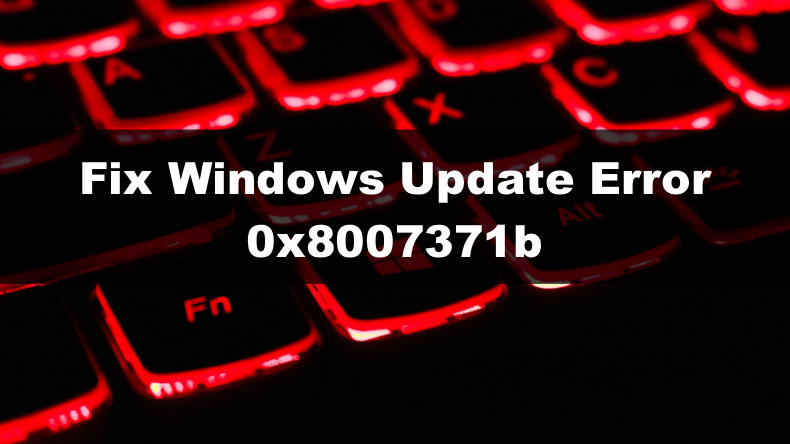
What is Error 0x8007371b
Windows Update error code 0x8007371b translates to ERROR_SXS_TRANSACTION_CLOSURE_INCOMPLETE, which means that "One or more required members of the transaction are not present." The error name indicates that some files in the WinSxS folder have been corrupted or missing.
What Causes This Error
When researching the causes of error 0x8007371b, we found the three most common causes.
- As previously mentioned, error 0x8007371b means that some files in the WinSxS folder have been corrupted or missing. Indeed, WinSxS contains many essential system files that can trigger this error if they're damaged or outright missing.
- Incorrectly configured system settings and irregular Windows registry entries may also cause error 0x8007371b, which in turn causes the update process to fail. This error often appears due to cluttered Windows Registry and faulty registry entries of uninstalled applications.
- There have also been reports of third-party anti-virus programs causing error 0x8007371b. We recommend that you temporarily disable your anti-virus program and try updating Windows.
Video Instructions on How to Fix Windows Update Error 0x8007371b
Table of Contents:
- Introduction
- Solution 1. Run Windows Update Troubleshooter
- Solution 2. Run the Deployment Image & Servicing Management (DISM) Scan
- Solution 3. Run the System File Checker (SFC) Scan
- Solution 4. Clear Windows 10 Update Cache Folder
- Solution 5. Reset Windows Update Components Manually
- Video Instructions on How to Fix Windows Update Error 0x8007371b
Download Computer Malware Repair Tool
It is recommended to run a free scan with Combo Cleaner - a tool to detect viruses and malware on your device. You will need to purchase the full version to remove infections. Free trial available. Combo Cleaner is owned and operated by Rcs Lt, the parent company of PCRisk.com read more.
Solution 1. Run Windows Update Troubleshooter
The Windows Update Troubleshooter was explicitly designed to tackle the various problems the Windows Update service may encounter. The troubleshooter scans the PC, identifies the underlying issue, and applies a fix. The Update Troubleshooter might help you resolve error 0x8007371b.
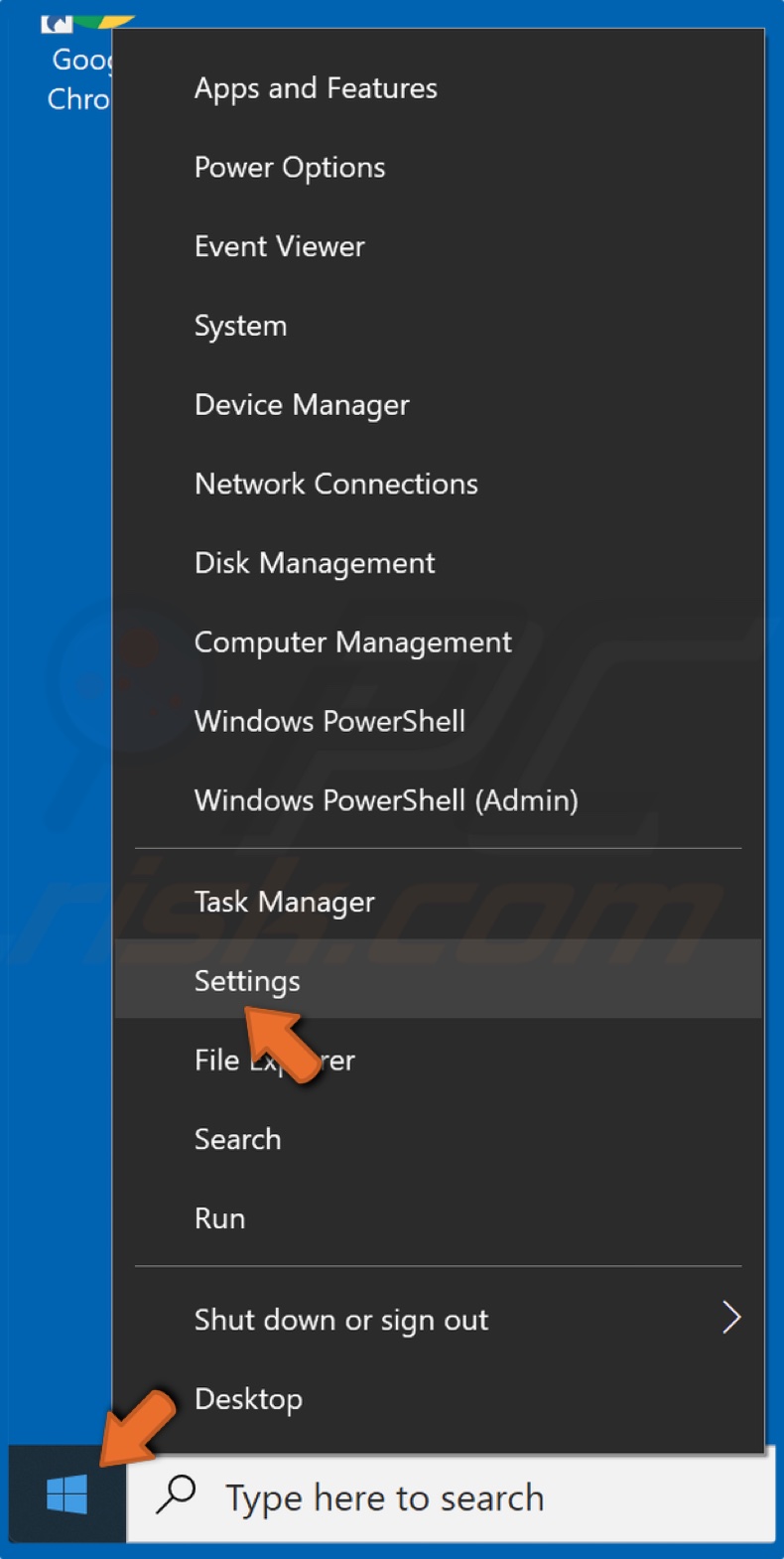
1. Right-click the Start Menu button and select Settings.
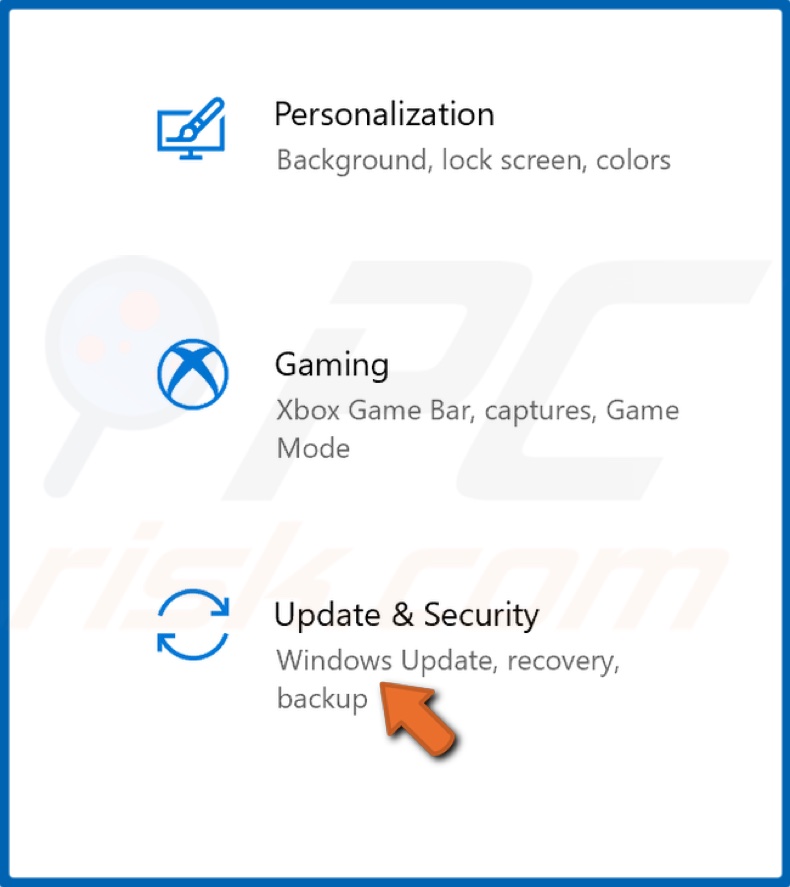
2. In the Settings window, choose Update & Security.
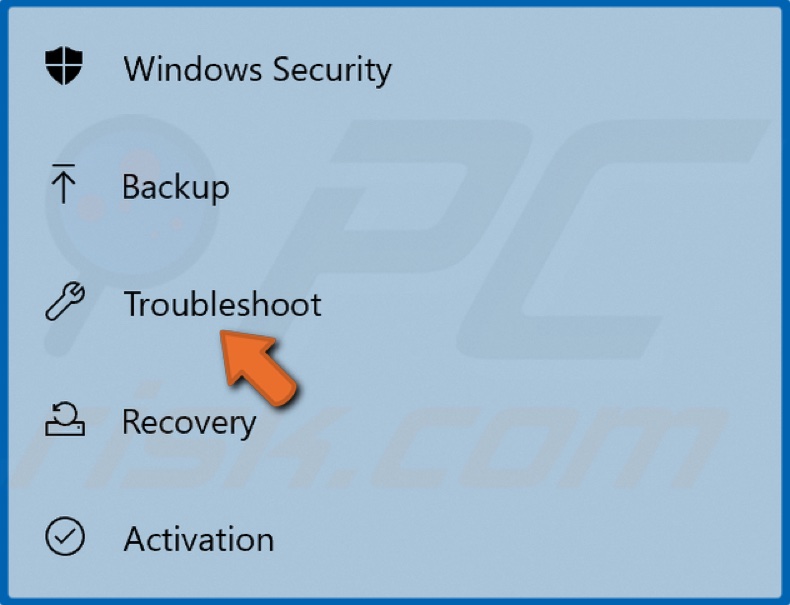
3. Click Troubleshoot.
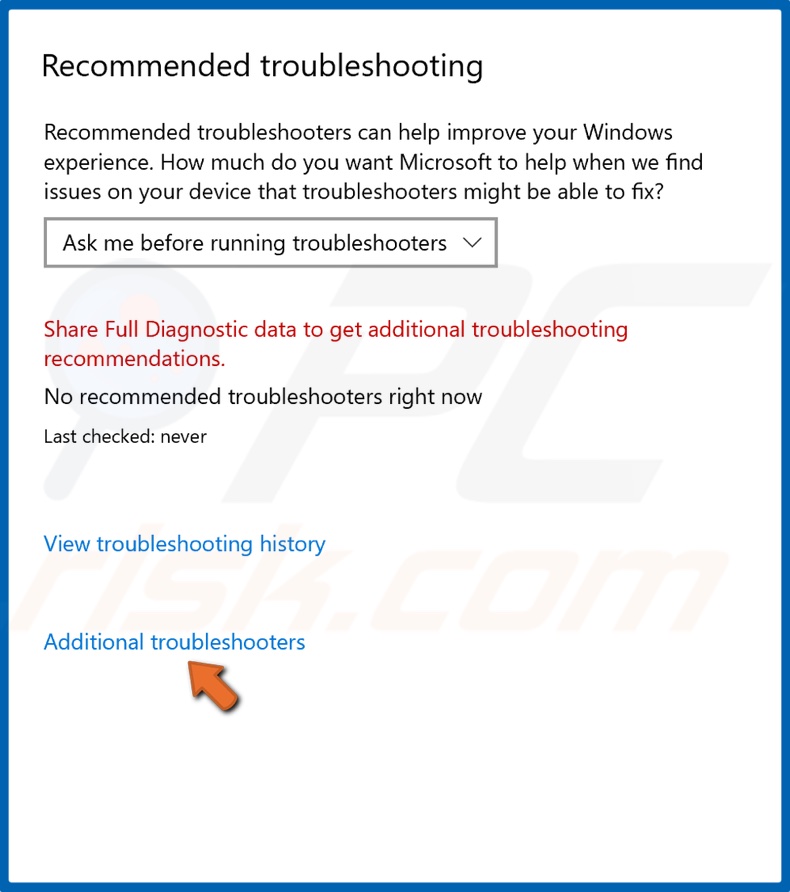
4. Then, click Additional troubleshooters.
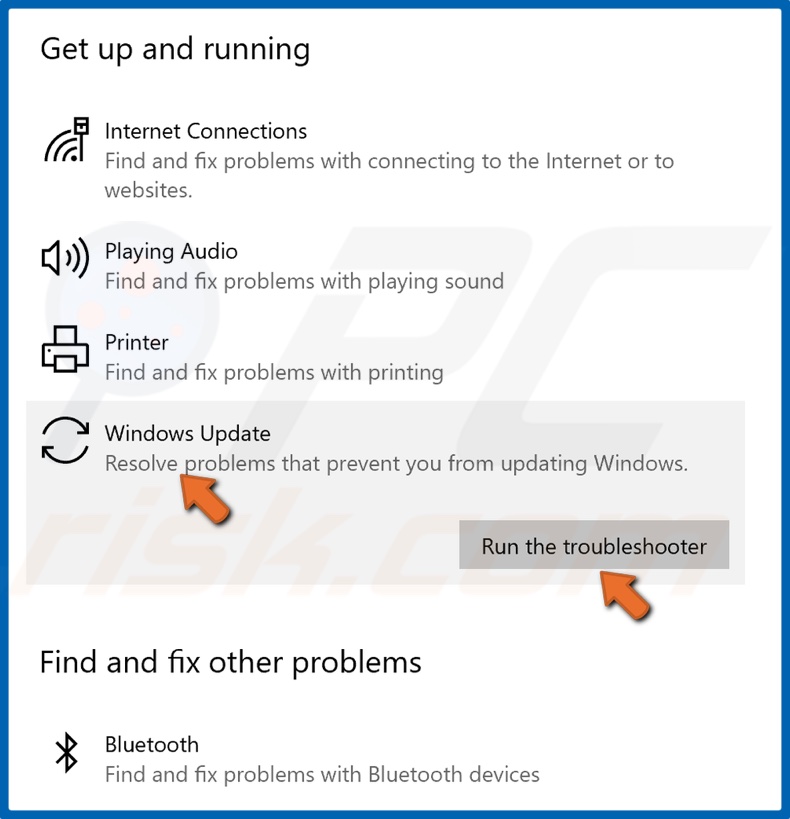
5. Select Windows Update and click Run the troubleshooter.
6. If the troubleshooter detects an issue, it will select and apply a fix automatically.
7. Try updating Windows.
Solution 2. Run the Deployment Image & Servicing Management (DISM) Scan
DISM is a built-in Windows tool for repairing corrupted Windows system files. As missing or corrupted files are two of the reasons why you may get error 0x8007371b, running a DISM scan might fix it.
1. Hold down Windows+R keys to open Run.
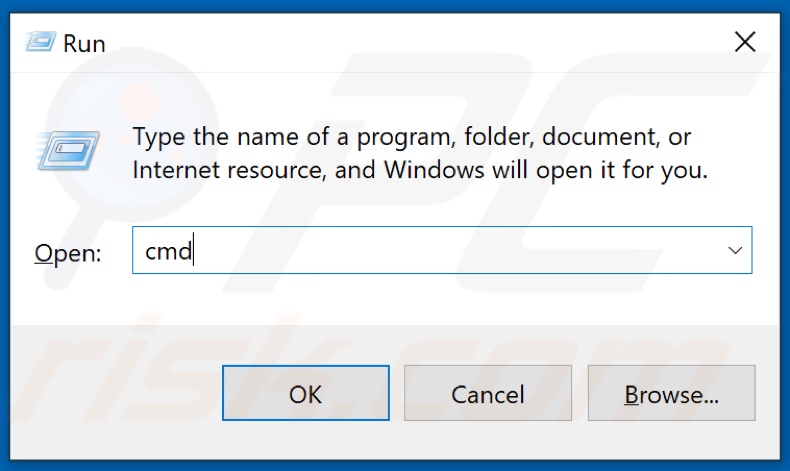
2. In the Run dialog box, type in CMD and hold down Ctrl+Shift+Enter keys to open the elevated Command Prompt.
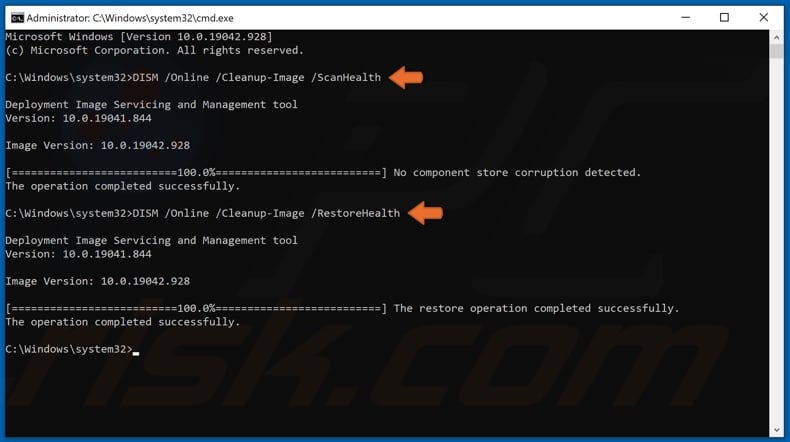
3. In the Command Prompt window, type in DISM /Online /Cleanup-Image /ScanHealth and press the Enter key.
4. Then, type in the DISM /Online /Cleanup-Image /RestoreHealth and press Enter.
5. Once the process is complete, close the Command Prompt and try updating Windows.
Solution 3. Run the System File Checker (SFC) Scan
The System File Checker comes in handy when you have missing or corrupt system files on your PC. System File Checker will scan your PC, check for file integrity violations, and then fetch missing or replace corrupt files from the DLL Cache. If the DLL cache is corrupted, then you will have to insert the Windows installation media.
1. Hold down Windows+R keys to open Run.

2. In the Run dialog box, type in CMD and hold down Ctrl+Shift+Enter keys to open the elevated Command Prompt.
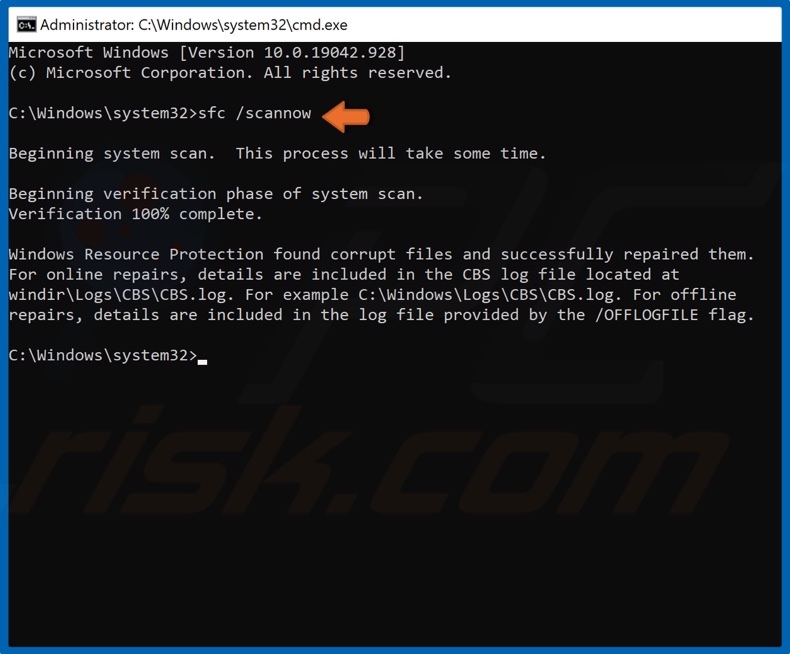
3. In the Command Prompt window, type in SFC /ScanNow and press the Enter key.
4. Once the scan is complete, restart your PC and try updating Windows.
Solution 4. Clear Windows 10 Update Cache Folder
Update installation requires some files stored in the Windows Update cache to help with the update installation. However, these files may become corrupt and, as a result, start interfering with the Windows Update service. Deleting the cache might help you fix Error 0x8007371b.
1. Hold down Windows+R keys to open Run.

2. In the Run dialog box, type in CMD and hold down Ctrl+Shift+Enter keys to open the elevated Command Prompt.
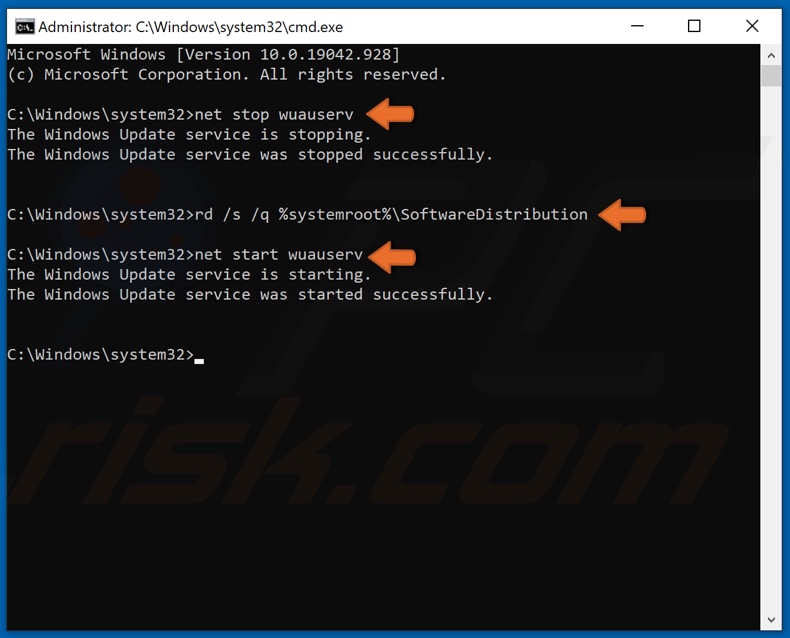
3. In the Command Prompt window, type in net stop wuauserv and press the Enter key to stop Windows Update Service.
4. Then, type in rd /s /q %systemroot%\SoftwareDistribution and press Enter to clear the Windows Update cache folder.
5. Then, type in net start wuauserv to restart Windows Update Service.
6. Close the Command Prompt and try updating Windows.
Solution 5. Reset Windows Update Components Manually
Resetting Windows Update components can solve a plethora of Windows Update-related issues, including error 0x8007371b.
1. Hold down Windows+R keys to open the Run.

2. In the Run dialog box, type in CMD and hold down Ctrl+Shift+Enter keys to open the elevated Command Prompt.
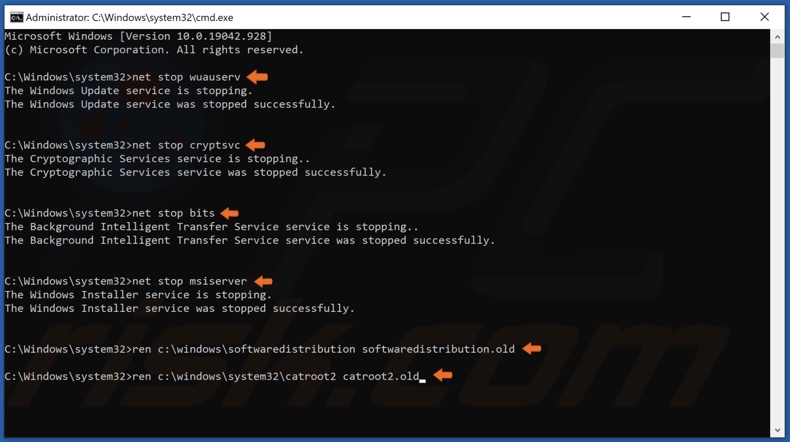
3. In the Command Prompt window, type in the commands listed below and press the Enter key after entering each one:
- net stop wuauserv
- net stop cryptSvc
- net stop bits
- net stop msiserver
Once the services have been disabled, rename the SoftwareDistribution and Catroot2.
4. Type in ren C:\Windows\SoftwareDistribution SoftwareDistribution.old and press Enter.
5. Then, type in ren C:\Windows\System32\catroot2 Catroot2.old and press Enter.
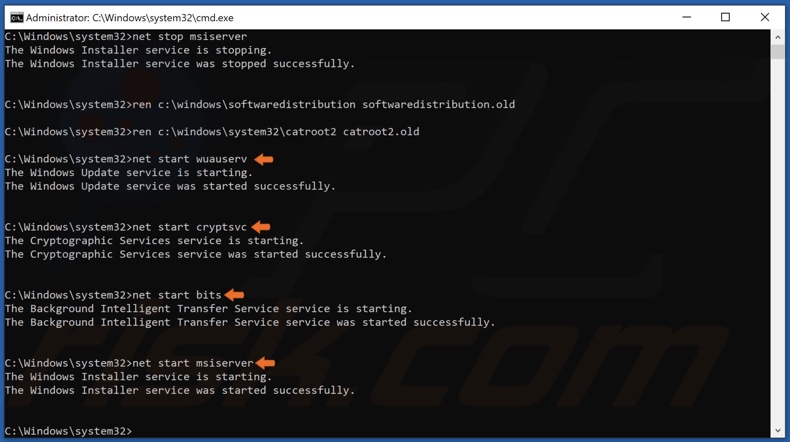
6. Type in the listed below and press Enter after entering each one:
- net start wuauserv
- net start cryptSvc
- net start bits
- net start msiserver
7. Close the Command Prompt and try updating Windows.
Share:

Rimvydas Iliavicius
Researcher, author
Rimvydas is a researcher with over four years of experience in the cybersecurity industry. He attended Kaunas University of Technology and graduated with a Master's degree in Translation and Localization of Technical texts. His interests in computers and technology led him to become a versatile author in the IT industry. At PCrisk, he's responsible for writing in-depth how-to articles for Microsoft Windows.

▼ Show Discussion